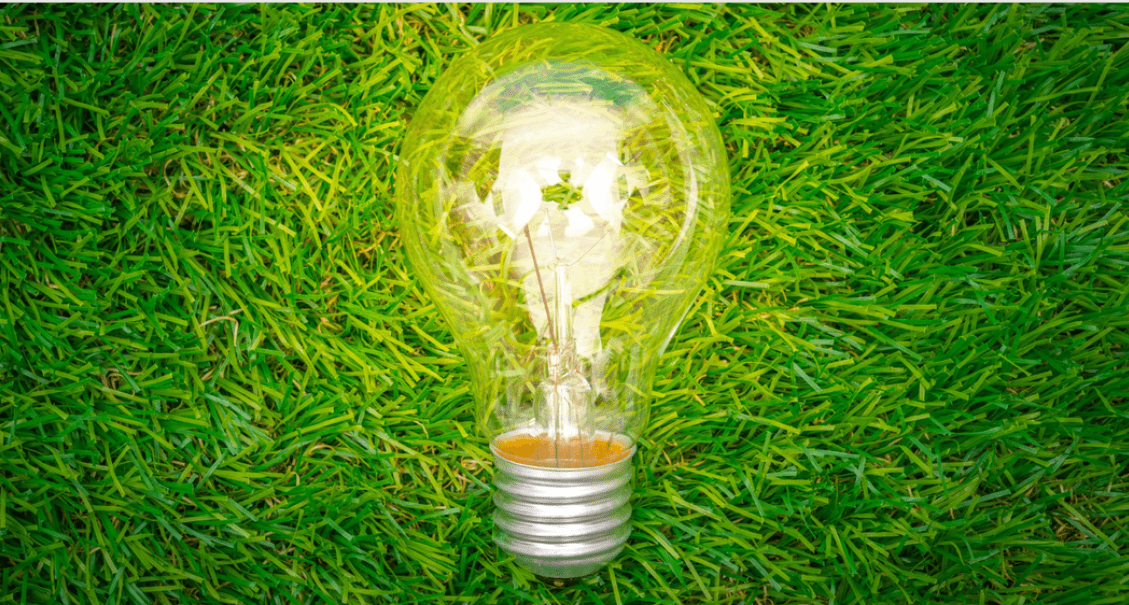Introduction
In the pulsating heart of South Asia, India stands at the crossroads of an unprecedented transformation – a monumental journey toward a sustainable and eco-friendly energy future. Faced with the dual challenge of fostering robust economic growth and mitigating the environmental repercussions of rapid development, India has charted an ambitious course in energy transition. This vision encompasses a symphony of initiatives, policies, and innovations, all orchestrated to reshape the nation’s energy landscape, harnessing the power of renewables, driving technological advancements, and embracing a commitment to reduce carbon emissions. Against the backdrop of a burgeoning population and a dynamic economy, India’s pursuit of sustainable energy solutions is not merely a pragmatic response to global environmental imperatives but a visionary quest to balance the scales of progress and ecological responsibility. From the sun-drenched fields of solar farms to the sweeping blades of wind turbines that dot the landscape, India’s commitment to renewable energy is a beacon guiding the nation toward a greener and more sustainable future.
In this article, we delve into the core facets of India’s energy transition vision, exploring the expansive horizons of solar and wind energy, the intricate dance of technological innovation, the imperative for energy efficiency and conservation, and the electrification revolution that aims to redefine the nation’s transportation sector. As India grapples with the challenges and opportunities that accompany this transformative journey, the world watches with anticipation, recognizing that the success of India’s energy transition holds implications far beyond its borders. This is not just a national agenda; it is a global imperative as India’s endeavors contribute significantly to the collective pursuit of a sustainable and harmonious planet.
Energy Efficiency and Conservation
At the core of India’s ambitious energy transition vision lies a profound commitment to energy efficiency and conservation, a strategic imperative that weaves through the fabric of the nation’s sustainable development goals. The Perform, Achieve, and Trade (PAT) scheme, a pioneering initiative, not only sets stringent benchmarks for energy-intensive industries but ingeniously introduces a market-driven incentive through the exchange of Energy Saving Certificates, fostering a culture of competitiveness and innovation in pursuit of greater energy efficiency. Complementing this industrial focus, Standards & Labeling programs extend the scope to everyday consumer choices, enabling informed decisions about the energy efficiency of appliances. The UJALA scheme, an exemplar in accessible sustainability, facilitates the distribution of LED bulbs at subsidized rates, making energy-efficient lighting solutions not just a matter of choice but one of affordability and environmental consciousness for households across the nation.
Beyond these initiatives, the emphasis on energy audits and capacity-building initiatives speaks to the holistic approach India adopts. Industries are encouraged to conduct regular audits, identifying areas for improvement and optimizing energy consumption. Simultaneously, capacity-building programs ensure that stakeholders across sectors, from industries to households, are equipped with the knowledge and tools to implement energy-efficient practices. In the realm of infrastructure, the government incentivizes the construction of energy-efficient buildings through schemes such as the Bureau of Energy Efficiency’s (BEE) Energy Conservation Building Code (ECBC). By setting standards for design and construction, India is fostering the development of green buildings that not only minimize energy consumption but also contribute to the creation of sustainable urban landscapes.
Technological Innovation
Technological innovation stands as a linchpin in India’s visionary pursuit of an energy transition. At the forefront of this transformative journey is a relentless commitment to harnessing cutting-edge solutions. Addressing the challenge of intermittent renewable energy sources, advanced energy storage technologies, including lithium-ion batteries and emerging innovations like solid-state batteries, emerge as keystones ensuring a consistent and reliable power supply. The integration of smart grids and digitalization brings forth a new era of grid efficiency, employing real-time monitoring and artificial intelligence to optimize distribution. In the realm of decentralized energy, micro-grids powered by solar, biomass, and micro-hydro innovations ensure energy access even in remote corners of the country, fostering both economic development and sustainability. Wind energy sees a surge in efficiency through advanced turbine designs, while artificial intelligence optimizes operational aspects across the energy spectrum. Pioneering efforts in carbon capture and storage, coupled with a focus on a hydrogen economy, underscore India’s commitment to reducing carbon emissions. Moreover, the electric vehicle revolution is fueled by continuous advancements in battery technology and charging infrastructure. As India navigates the complexities of development and environmental consciousness, technological innovation not only serves as a catalyst for progress but positions the nation as a global leader in the pursuit of a sustainable and technologically advanced energy future.
Challenges and Opportunities
India’s ambitious energy transition vision is a tapestry woven with both challenges and opportunities. The intermittent nature of renewable energy sources and the need for substantial investment pose considerable challenges, demanding innovative solutions and substantial financial backing. The upgrading of grid infrastructure and the development of supportive policy frameworks require meticulous planning and continuous adaptation. However, within these challenges lie immense opportunities. The transition offers a substantial boost to job creation and economic growth, positioning the renewable energy sector as a catalyst for development. Furthermore, the technological hurdles, such as storage solutions and smart grids, open doors for innovation, providing a platform for India to emerge as a global leader in cutting-edge sustainable technologies. The focus on decentralized solutions not only addresses energy poverty in rural areas but also promotes inclusive development. Collaborative efforts, both domestically and internationally, present avenues for knowledge exchange and accelerated progress. As India charts its course towards a sustainable energy future, the duality of challenges and opportunities becomes the driving force, shaping a narrative of resilience, innovation, and transformative change.

